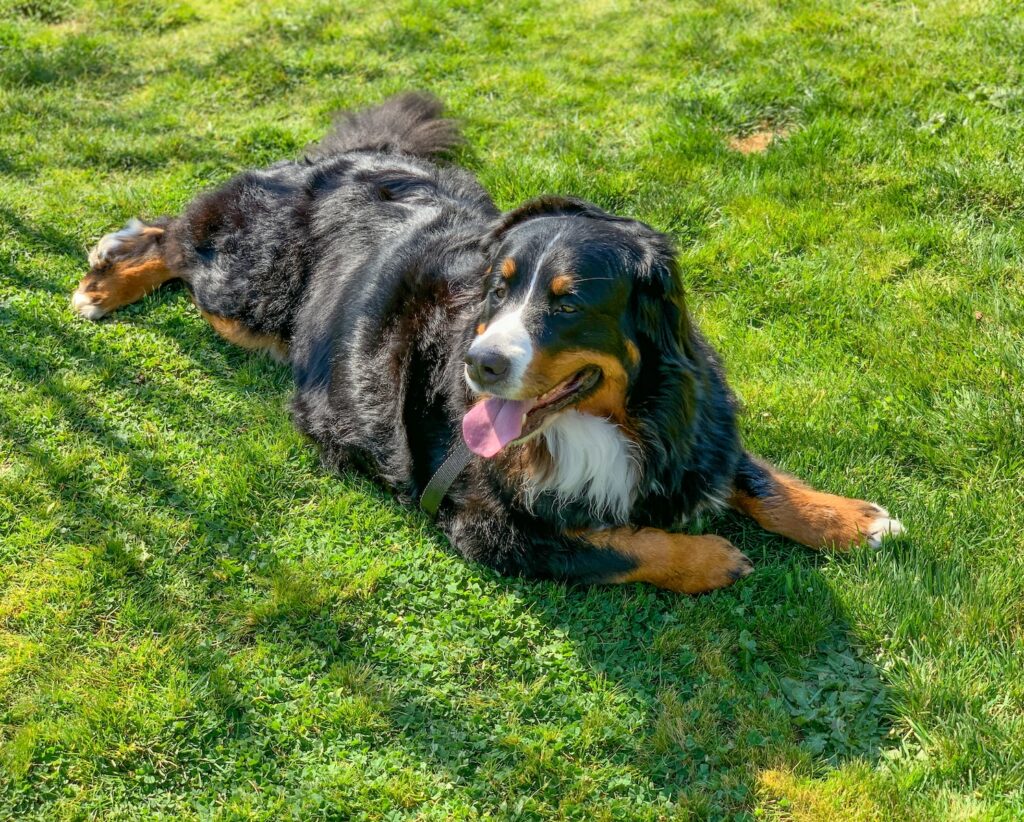Can Dogs Eat Cheerios? — Yes, they can
Cheerios, the beloved breakfast cereal, is a popular choice for many humans. But can dogs indulge in this crunchy treat as well? The answer is yes, dogs can eat Cheerios, but with caution and in moderation.
Can Puppies Eat Cheerios?
Yes, puppies can eat Cheerios, but it is important to consider a few factors before feeding them to your little furry friend.
Things to consider when feeding Cheerios to puppies?
When feeding Cheerios to puppies, the size and texture of the cereal should be taken into account. Puppies have delicate teeth and may have difficulty chewing hard or larger pieces of cereal. It is recommended to crush the Cheerios into smaller, more manageable pieces to prevent any choking hazards.
Nutritional Benefits of Cheerios for Dogs — Why Cheerios are good for Dogs?
1. Low in Sugar and Salt
Cheerios are a healthy snack option for dogs as they are low in sugar and salt content. Excessive sugar and salt intake can lead to various health issues in dogs, including obesity and cardiovascular problems. By offering Cheerios as a treat, you are providing a low-sugar and low-salt option for your furry companion.
2. High in Fiber
Cheerios contain a good amount of fiber, which can benefit your dog’s digestive system. A fiber-rich diet helps regulate bowel movements and promotes a healthy gut. However, it is essential to ensure that your dog has adequate water intake when consuming Cheerios or any other high-fiber food to prevent any gastrointestinal discomfort.
3. Fortified with Vitamins and Minerals
Cheerios are often enriched with essential vitamins and minerals, such as iron, zinc, and B vitamins. These nutrients play a vital role in supporting your dog’s overall health and well-being. However, it is important to note that Cheerios should not be the sole source of these nutrients in your dog’s diet, and proper balanced meals should be provided.
4. Gluten-Free Option
For dogs with gluten sensitivities or allergies, the gluten-free variant of Cheerios can be a suitable option. It allows them to enjoy a tasty treat without triggering any adverse reactions.
5. Potential Weight Management Aid
Due to their low calorie count and high fiber content, Cheerios can be used as a part of a weight management plan for dogs. They can serve as a satisfying snack without significantly adding to the caloric intake.
Potential Allergies: Can Dogs Be Allergic to Cheerios?
While rare, some dogs may have allergies or sensitivities to certain ingredients present in Cheerios. The most common allergens found in Cheerios are wheat and corn. If you notice any unusual symptoms or signs of an allergic reaction in your dog after consuming Cheerios, such as itching, vomiting, or diarrhea, it is recommended to consult a veterinarian for further guidance.
Symptoms of Cheerios Allergies in Dogs
- Itching and scratching excessively
- Redness or inflammation of the skin
- Gastrointestinal upset, including vomiting and diarrhea
What to Do If Your Dog Shows Symptoms?
- If you suspect your dog is experiencing an allergic reaction to Cheerios, discontinue feeding them immediately.
- Contact your veterinarian for a proper diagnosis and guidance on managing the symptoms.
- They may recommend an elimination diet to identify specific allergens or prescribe medication to alleviate the symptoms.
Recommended Amount: How Much Cheerios Can a Dog Consume?
Cheerios should be given to dogs as an occasional treat and not as a staple food in their diet. The recommended amount varies depending on your dog’s size, age, and overall health. As a general guideline, small to medium-sized dogs can be offered around 1–2 Cheerios per day, and larger dogs can have up to 3–4 Cheerios. However, it is crucial to consider the total calorie intake from treats to maintain a balanced diet for your pup.
Things to Consider When Feeding Cheerios to Dogs
When feeding your dog Cheerios, it is important to monitor their overall diet and ensure that it remains nutritionally balanced. Treats, including Cheerios, should not exceed 10% of your dog’s daily calorie intake. Always consult with your veterinarian if you have any concerns or questions regarding your dog’s diet.
How to Feed Cheerios to Dogs: A Quick Guide
Feeding your dog Cheerios can be a delightful experience for both you and your furry companion. Here is a quick guide on how to incorporate Cheerios into their diet:
Green Apple Surprise
Ingredients:
- 1 cup of Cheerios
- 1/4 cup of diced green apple
- 1 tablespoon of plain yogurt
Instructions:
- Combine the Cheerios, diced green apple, and plain yogurt in a bowl.
- Mix well until all the ingredients are evenly distributed.
- Serve as a refreshing and crunchy treat for your dog.
Peanut Butter Delight
Ingredients:
- 1 cup of Cheerios
- 2 tablespoons of peanut butter (make sure it does not contain xylitol)
- 1 tablespoon of honey
Instructions:
- Mix the peanut butter and honey together in a microwave-safe bowl.
- Heat the mixture for a few seconds until it becomes slightly runny.
- Pour the peanut butter and honey mixture over the Cheerios and stir well to coat them.
- Allow the mixture to cool and serve it to your dog as a tasty reward.
Conclusion
In conclusion, dogs can enjoy eating Cheerios as a crunchy and occasional treat. With their low sugar and salt content, high fiber content, and potential gluten-free options, Cheerios can be a delightful addition to your dog’s snack repertoire. However, it is essential to feed them in moderation and consider your dog’s specific dietary needs and any potential allergies. As always, consulting with your veterinarian is recommended to ensure your dog maintains a healthy and balanced diet.






